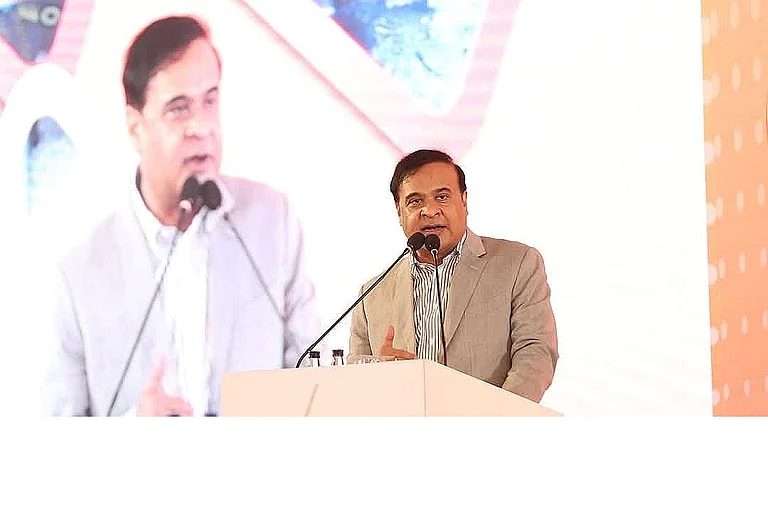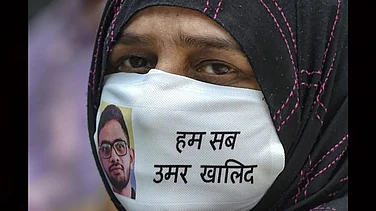A new set of controversies has emerged in Maharashtra after Maharashtra Navnirman Sena (MNS) chief Raj Thackeray raised the issue of loudspeakers in mosques and warned that if they are not removed by May 3, his party would play Hanuman Chalisa out loud. Thackeray made this remark during a rally in Shivaji Park.
“Ramzaan month is going on and Eid is on May 3. Today is April 12 and I want state government to call Maulavis of all the mosques in Maharashtra and ensure that loudspeakers are removed by Eid. If not, we will start playing Hanuman Chalisa in front of every mosque,” he said, addressing a public rally at neighbouring Thane.
Maharashtra Home Minister Dilip Walse Patil on Wednesday said he will hold a meeting with the key leaders of all political parties and some organisations in the state before a final decision is taken over with the use of loudspeakers.
According to reports, the Maharashtra government might bank on the provisions of The Noise Pollution (Regulation and Control) Rules, 2000, to go about the controversy.
What is Noise pollution according to Indian laws?
Noise is anything that is an unwanted sound, according to the Central Pollution Control Board. Any unwanted sound that causes annoyance, irritation and pain to the human ear is termed ‘noise’.
What is the acceptable level of noise?
Rules have defined the acceptable levels of noise across areas during daytime and nighttime. Daytime comprises 6 am to 10 pm, and night is 10 pm to 6 am.
In commercial areas, noise limitation has been fixed at 65 dB and 55 dB during daytime and nighttime respectively. In residential areas, they are 55 dB and 45 dB during daytime and night respectively.
In industrial areas, the ceiling is fixed at 75dB and 70dB during daytime and nighttime, whereas in silence zones, the same is at 50dB and 40dB.
The Noise Pollution (Regulation and Control) Rules, 2000
Section 2 (a) of the Air (Prevention and Control of Pollution) Act, 1981 considers noise as ‘air pollutant’. According to reports, “air pollutant" is any solid, liquid, or gaseous substance, including noise, present in the atmosphere in such concentrations as to be or tend to be harmful to humans, other living creatures, plants, property, or the environment
Noise pollution and its sources are regulated under The Noise Pollution (Regulation and Control) Rules, 2000 under The Environment (Protection) Act, 1986. Under the Act, there is a defined ambient acceptable noise levels, restrictions on the use of loudspeakers, sound-emitting construction equipment, horns, bursting of crackers and so on.
What are the laws around loudspeakers?
In a report filed with the National Green Tribunal (NGT) on June 12, 2020, the Central Pollution Control Board listed fines for the violation of noise pollution norms, including the use of loudspeakers or public addresses that can result in a fine of Rs 10,000.
The noise level at the boundary of the public place, where a loudspeaker or public address system or any other noise source is being used, shall not exceed 10 dB (A) above the ambient noise standards for the area or 75 dB (A), whichever is lower.
The rules also state that a loudspeaker or a public address system shall not be used except after obtaining written permission from the designated authority. The state government can provide exemption during any cultural or religious festive occasion of a limited duration not exceeding 15 days in all during a calendar year.


























